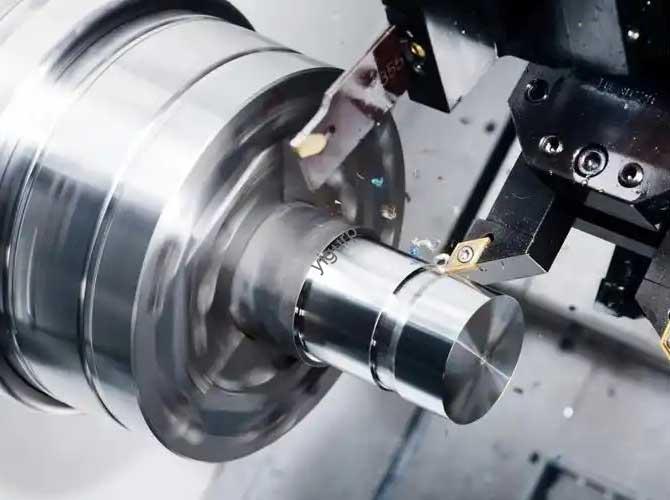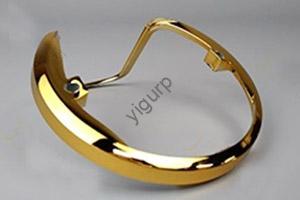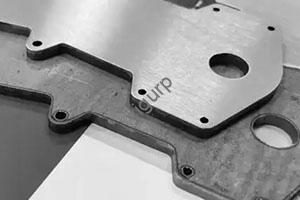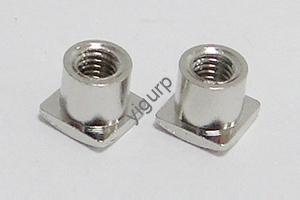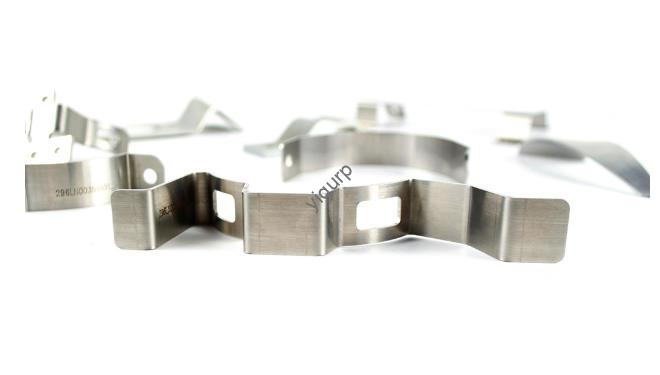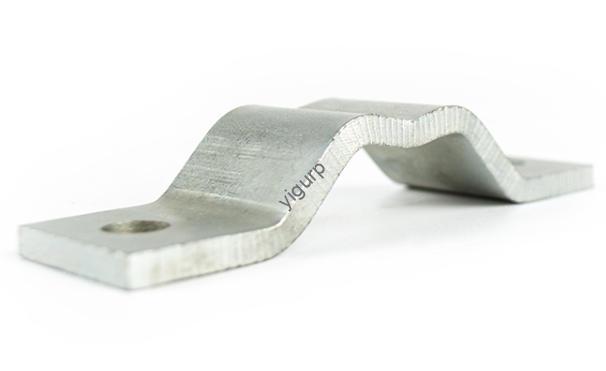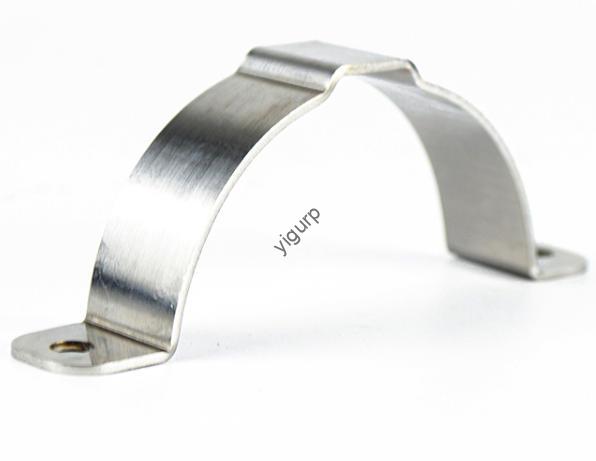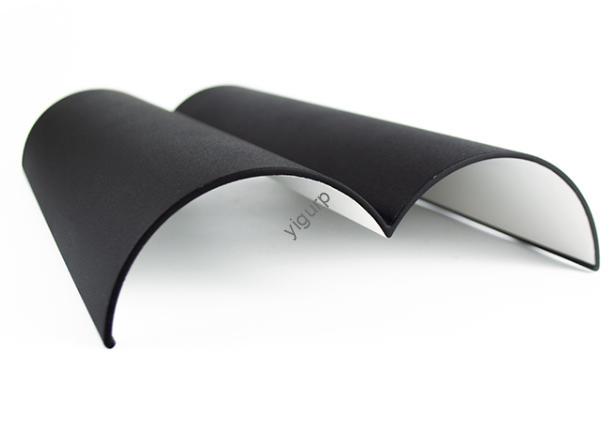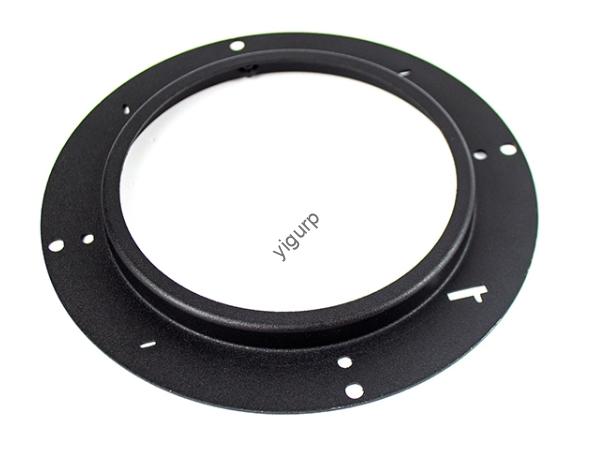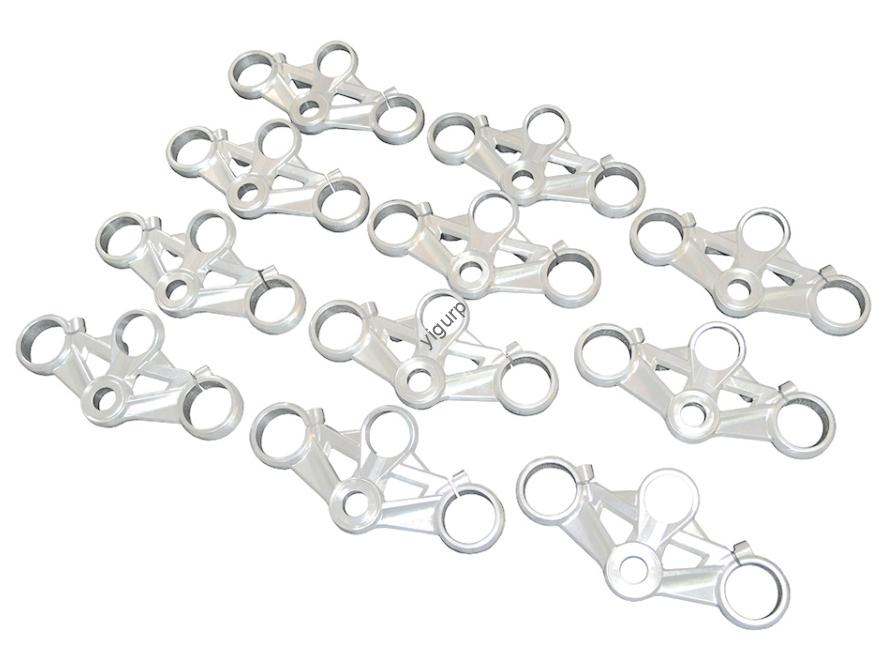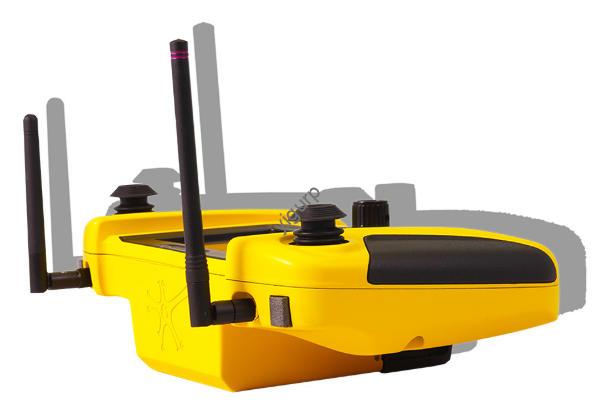CNC Machining Materials: The Ultimate Guide for Engineers
CNC machining is the backbone of modern manufacturing—turning raw materials into precise parts for aerospace, automotive, medical, and consumer goods. But here’s the truth: even the best CNC machines can’t fix a bad material choice. CNC machining materials determine everything from a part’s strength and durability to its cost and production time. Whether you’re prototyping […]

